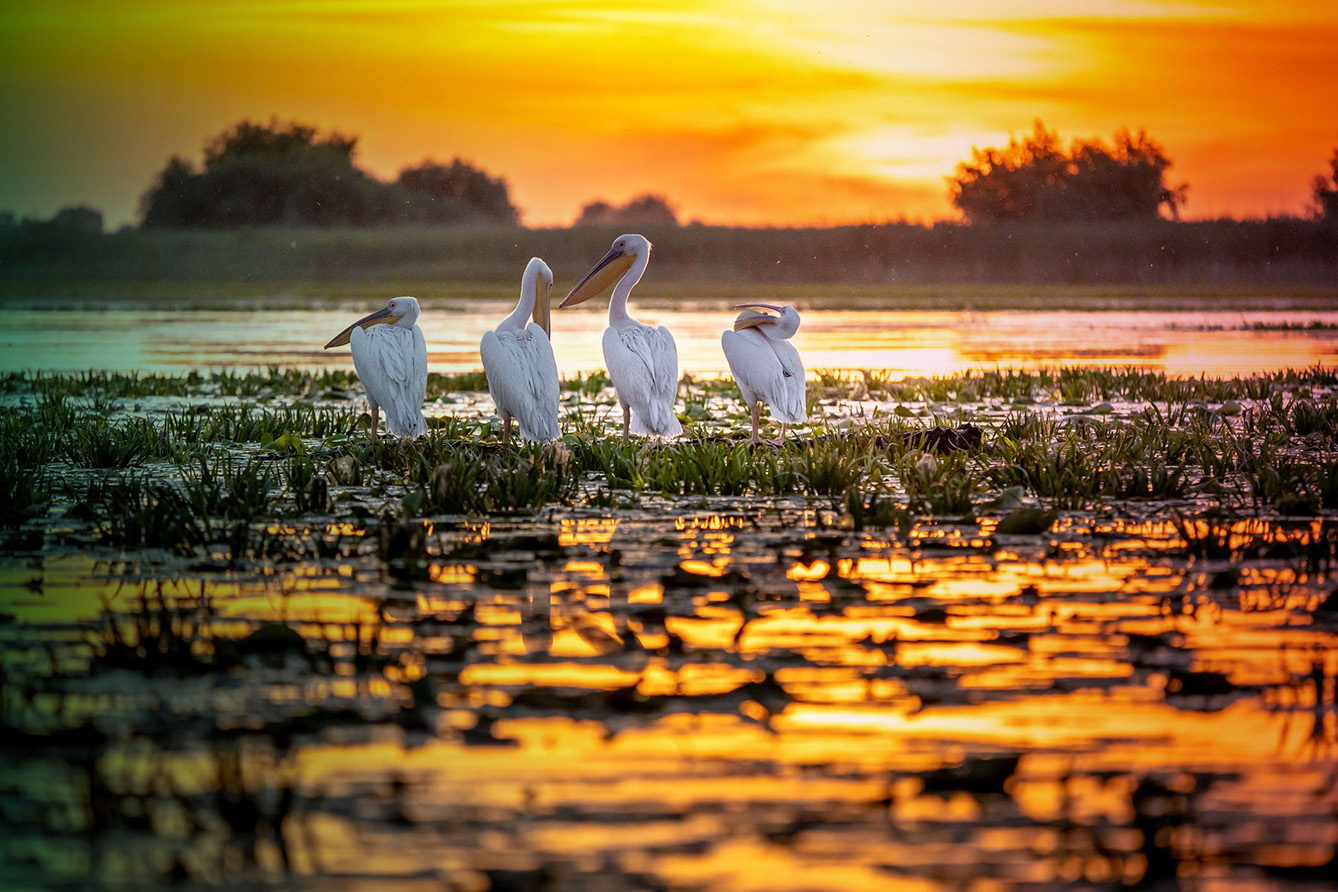FAIRway Danube, one of the ninety official priority projects of the Three Seas Initiative, has completed a 6-year project that ran between 2015 to 2021. The project aimed to make the river more navigable than ever before. If everything goes according to plan, tourists will soon be able to travel downstream to experience the beauty of the Danube Delta.
People have settled near rivers throughout history, benefiting from trade, fishing, and easy access to drinking water. Thus, the importance of the Danube river for central and southeastern Europe is hard to overstate. The Danube is the EU’s longest river and flows through ten countries: Germany, Austria, Slovakia, Hungary, Croatia, Serbia, Romania, Bulgaria, Moldova, and Ukraine, before reaching the Black Sea. It passes through Vienna, Budapest, Belgrade, and Bratislava, while Munich, Bucharest, Sofia, Zagreb, Ljubljana, Sarajevo, and Pristina are all located a few hundred kilometers from the river or less.
Since 1992, it has been connected with cities such as Cologne, Düsseldorf, Rotterdam, Strasbourg, and Basel via a canal that reaches the EU’s second-longest river, the Rhine. Together, the Rhine and the Danube provide a navigable artery stretching from Rotterdam and the North Sea to the Danube Delta in southeastern Romania. However, water levels have been sinking in recent years, and it has been difficult for captains to obtain information about shallow sections, water levels, and water level forecasts before setting out on journeys. FAIRway Danube has introduced solutions that will do wonders for the nerves of every captain traveling up and down the river.
Tonnage is money
The main problem that FAIRway Danube was meant to solve was the unpredictability of water levels, which decreased profits for many with commercial interests linked to transport on the Danube. The EU has long promoted Inland Waterway Transport (IWT) as a great alternative to transport by rail or highways. It is one of the cleanest modes of transport while also benefiting from low transportation costs.
Most vessels are medium-sized, with a transport capacity of about 1,000 to 1,500 tons per vessel. Still, because some sections of the river potentially have insufficient fairway depth, captains sometimes opt for smaller loads. Furthermore, shallow water also increases the vessels’ fuel consumption disproportionately. The FAIRway Danube project was developed to harmonize hydrological, hydrographic, waterway and waterway maintenance tasks in Austria, Bulgaria, Croatia, Hungary, Romania, and Slovakia to improve the situation. The aim has been to use the maximum depths available by adapting the location of the waterway to current riverbed conditions.
More accurate maps of the river were needed to make this possible. The participating countries purchased five vessels equipped with multi-beam sonar measuring devices. These are being used to assess critical sections for navigation, such as shallow areas and bottlenecks. Sediment deposits and erosion from the banks of the channel that reduce water depths have been detected early, making maintenance of the waterway cheaper as dredging can start before more significant problems arise.
Harmonization
Navigation along the Danube used to be further complicated because countries used to each have their own method for measuring water depth with no harmonization through standardized instruments. That has changed, and 37 water level gauging stations have been added to measure the exact depth. Another example of harmonization was achieved by marking vessels, which set out colorized buoys to give captains necessary information about the course of the waterway.
Two follow-up projects – ‘FAIRway works!’ and ‘Preparing FAIRway 2 works in the Rhine-Danube corridor’– have been launched to continue the work. The FAIRway Danube project has the potential to lead the region toward a more digital, decarbonized, and environmentally-friendly transport sector. Unpredictable water levels have forced many of the popular tourist cruises going down the Danube to turn back before reaching one of Europe’s most spectacular natural scenes, the Danube Delta. FAIRway Danube and its follow-up projects aim to change that by making it possible for even more Europeans to discover the beauty of this hidden gem and UNESCO World Heritage Site.







